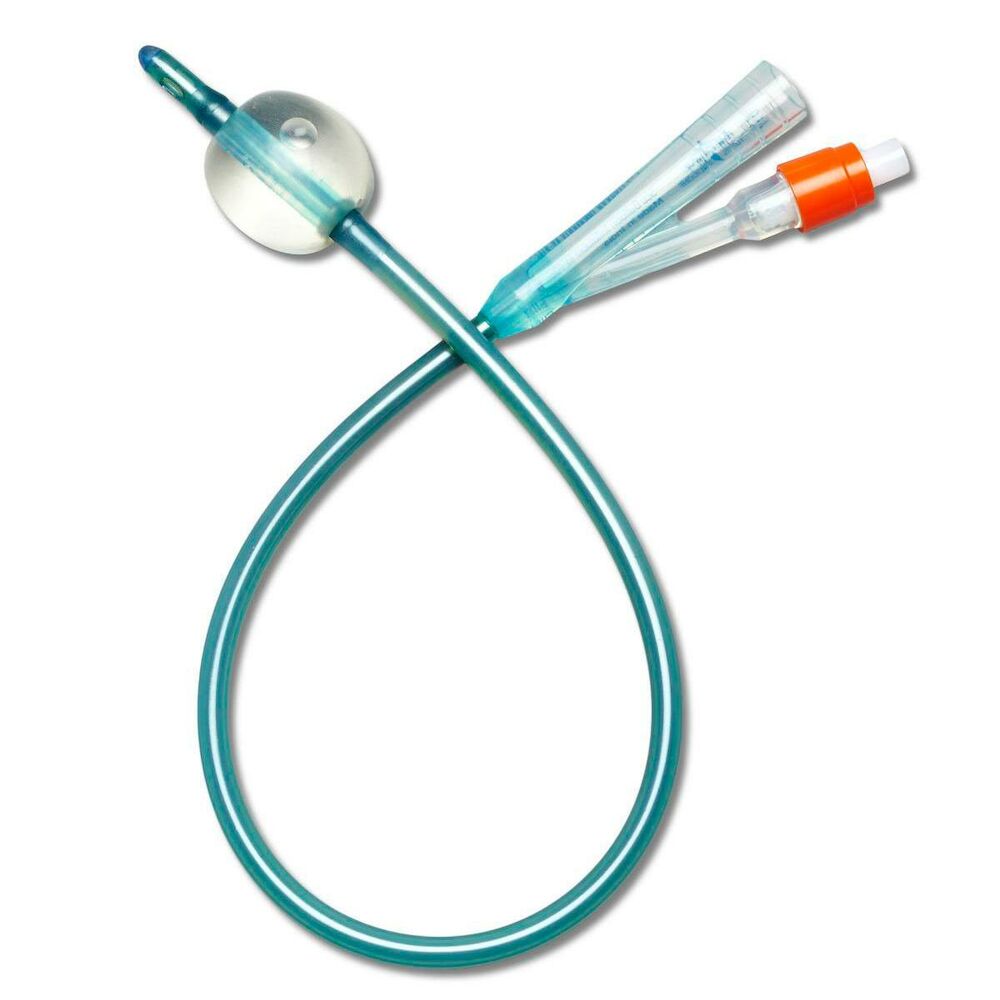|
Types of Urinary Catheters There are straight catheters and “Foley” catheters, the difference between them is the presence of a balloon on the Foley that holds the catheter in place.
Indications for Supra-Pubic Catheters Indications for supra-pubic catheters are shown here and include short-term and long-term use. The catheter may be placed as a short-term or a long-term treatment.
Short-term use Acute retention with obstruction, stricture, or infection; urethral fistula; when clean intermittent catheters are not possible Urinary tract of pelvic trauma; traumatic bladder rupture or persistent urethral catheter problems Temporary diversion for gynecologic, abdominal, or urological surgeries
Long-term use Patient living alone, without adequate caregiver presence, or inability to self-catheterize Chronic bladder drainage without possibility of alternative therapy Personal choice when long-term catheter is indicated, or worsening of medical condition
For short-term, a supra-pubic catheter may be indicated for acute urinary retention in men if there is prostate obstruction, stricture, or infection. In addition, if there is urinary or pelvic trauma present, urethral fistula or other disorders, severe incontinence leading to non-healing pressure ulcers, or the need for temporary use during gynecologic or other surgeries, a supra-pubic catheter may be indicated. Indications for longer-term use of suprapubic catheters may include limitations in self-care or caregiver services, a need for chronic use without an alternative, or as a patient’s personal choice. Contraindications include pregnancy, bladder cancer or pelvic irradiation, abdominal wall sepsis, bleeding disorders or anti-platelet therapies, non-distended or non-palpable bladder, and others. If there is an excess of abdominal area fat tissues that might lead to suboptimal care of the stoma site, a supra-pubic catheter may not be the preferred route.
Suprapubic catheters (or SPs) are inserted into the bladder through a surgical cut a few inches below the navel, about 2 cm above the pubic bone and through the anterior abdominal wall. Suprapubic catheters can be considered in women if there are problems with vaginal hygiene. The up-side of supra-pubic catheters includes: -Providing an alternate to short-term indwelling catheters and reducing risk for infection (note that the jury is still out on whether supra-pubic catheters are preferable to long-term indwelling catheters) -Avoiding trauma and stricture while increasing comfort -Less interruption of sexual activity and mobility -Enhanced ability for normal voiding with reduced need to replace the catheter
The potential down-side of supra-pubic catheters includes: -Possible bowel perforation or lodging of tip in urethra or bladder wall -Risk for stone formation and hyper-granulation of tissue -Altered body image |




